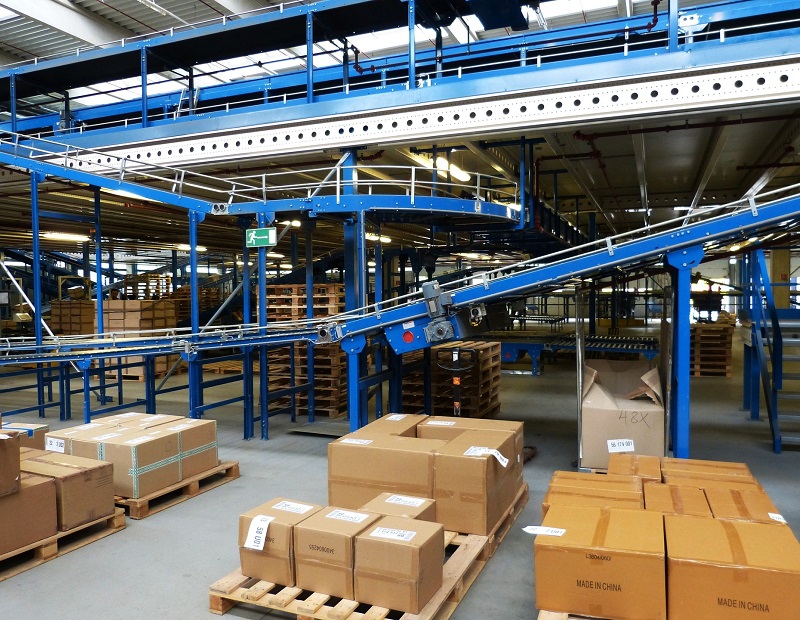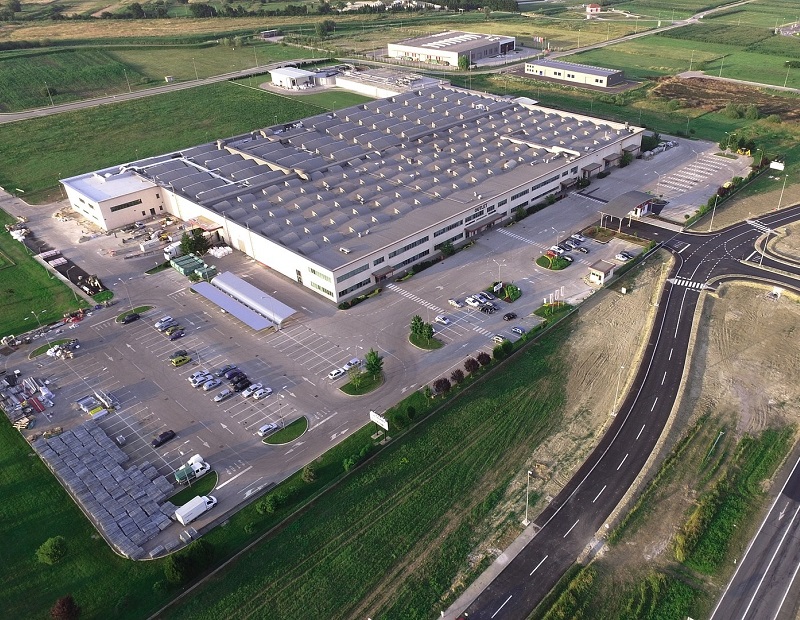Big-Box Wins Big in 2019
The first six months of 2019 proved highly successful for this industrial subsector, with high positive net absorption and record-high rents, a new report by Colliers shows.
The first half of 2019 proved to be yet another strong period in the big-box segment of the industrial sector, and despite certain challenges, more of the same is the likely scenario for the remainder of the year, according to Colliers’ 2019 midyear big-box market report.
The big-box industrial market comprises pre-cast or tilt-up construction industrial buildings that encompass a minimum of 200,000 square feet and are utilized primarily for distribution activity. At the close of the second quarter, there were 5,208 such facilities totaling nearly 2.4 billion square feet in North America, and the midyear numbers tell a positive story for the subsector. The average vacancy rate was 6.9 percent and the average taking rent, which has been on a consistent upswing since 2011, reached a record high of $5.03 per square foot. Overall net absorption totaled approximately 66.1 million square feet, surpassing mid-2018’s 61.5 million.
Top markets
North America’s core big-box markets—California’s Inland Empire, Dallas-Fort Worth, Atlanta, Chicago, Northern-Central New Jersey, Southern New Jersey-Eastern Pennsylvania and Toronto—remained highly coveted among occupiers during the first six months ending June 30. The Inland Empire maintained its position as the top-performing market, buoyed by its desirable location, developable land inventory and strong workforce. The area recorded 14.7 million square feet of new leasing, the most in North America, and 7.3 million square feet of net absorption. Dallas-Fort Worth logged the highest net absorption of the top seven markets, approximately 8.8 million square feet, and Toronto posted the lowest vacancy rate, just 1.1 percent.
There was, however, at least one notable change in the steady big-box market in the first half of 2019, with third-party logistics companies, not e-commerce retailers, inking the majority of lease agreements. Colliers expects the rise in 3PLs’ presence in the market to be an ongoing trend, as these companies are increasing their e-commerce capabilities at a faster pace than any other major industrial user.
Big bucks for big-box
The consistently strong fundamentals in the big-box arena continued to fuel investor competition for the decreasing number of availabilities and translated to a decline in cap rates to 5.5 percent. Major transactions between January and June included Bentall Kennedy’s acquisition of the 1.1 million-square-foot, Amazon-occupied property at 4532 Newcastle Road in Stockton, Calif., for $105.3 million, and IDI Logistics’ purchase of a 1.1 million-square-foot, 11-bulding portfolio in the Dallas-Fort Worth area for nearly $189.7 million.
Colony Capital Inc. paid $62 million, or a whopping sum of nearly $229 per square foot, for 100 Performance Dr., a 271,200-square-foot facility in Mahwah in Northern New Jersey. And in the largest non-portfolio industrial property trade in the State of California in the past two years, Northwest Mutual purchased the 1.5 million-square-foot Sierra Pacific Center, located in Fontana in the Inland Empire and home to LG Electronics and FedEx, for $214 million.
What’s ahead
Colliers expects the big-box market to continue on the same positive path for the remainder of 2019, with robust leasing, high positive net absorption and rising rents. However, there are a few potential issues looming, including global trade concerns. The U.S. trade dispute with China could dampen demand for big-box square footage, particularly in port areas and leading manufacturing markets. With the decrease in imports and exports, China has been supplanted by Mexico as the U.S.’s top trading partner.
Big-box industrial market will also face an employment challenge, as a growing labor shortage is afoot. Colliers predicts that more employers will attempt to mitigate the labor challenges by luring workers with additional benefits and amenities. The firm sees the trend taking hold in the coming quarters, with a rising number of big-box distribution facilities mimicking creative office spaces with perks ranging from basketball courts to couch-filled lounges to daycare accommodations.









You must be logged in to post a comment.